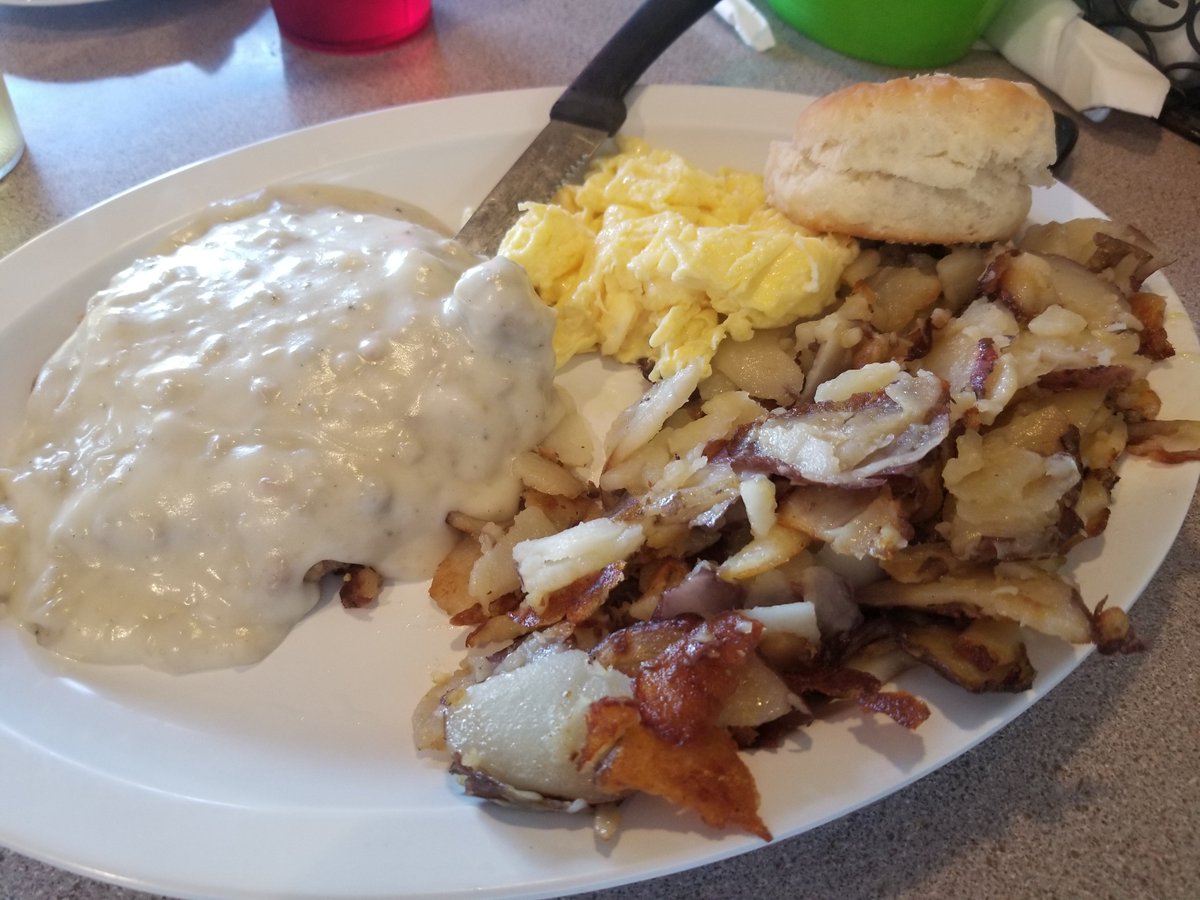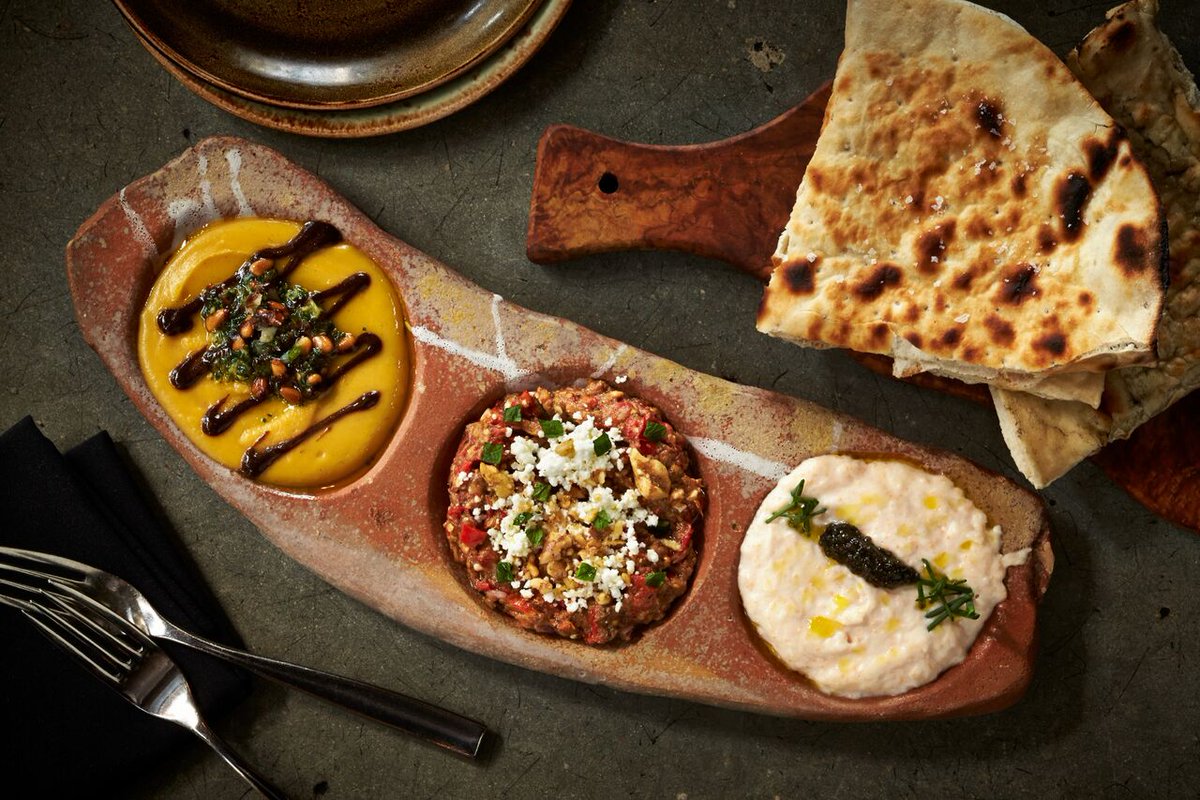However this does not suggest that's the origin of tapas. It seems that tapas originated from an old tradition of consuming small bites of food to keep hunger at bay. The funniest theory says everything started when the king Alfonso X of Castile was prescribed to consume several glasses of white wine during the day but didn't desire to end up drunk already at twelve noon.
The funniest theory says everything started when the king Alfonso X of Castile was prescribed to consume several glasses of white wine during the day but didn't desire to end up drunk already at twelve noon.
There are other theories and legends: those bites of food served to hide (tapar in Spanish means 'to cover, to conceal') the impacts of alcohol; the tapa was utilized to cover the glass and prevent flies from delving into the beverage; etc. Simply choose your favorite one! Please, don't. Especially if the floor is tidy and nobody else is doing it.
So just leave the napkin on the table. No. In the house, we choose to eat full-size meals instead of having to prepare five different things. We do sometimes state we will have lunch or supper "de tapas" in your home, but it generally suggests "let's see what leftovers we have in the fridge." Various ways of saying the same thing, truly.
However if you're with more people and you plan to have lunch or supper by eating tapas, you can speak about those three things. Ideally, tapeo will take you from one bar to the other, and from totally free tapa to free tapa, however this isn't always possible nor useful. You can tapear by remaining all the time in the very same place just by buying various tapas to show your good friends.
The free tapa does not actually depend upon the time of day, but if you desire to have lunch or dinner de tapas is probably best to try and do it at lunch break or dinnertime. In Spain, this suggests from 1-1:30 PM to 3:30 PM and in between 8:30 PM and midnight.
Really, even the concept of a tapas bar is strange since in Spain most bars will have tapas. There are some places concentrated on tapas called taperas, however 'tapas bar', as an expression, is redundant. I'm not stating the food will not be tasty, however it will probably be far from the genuine experience and you'll likely pay excessive.
A "very first course" for beginners, this is a quick description of some of the most typical tapas that visitors can anticipate to discover in any common tapas bar in Andaluca. Tapas are a variety of little savoury Spanish dishes, often functioned as a treat with beverages, or with other tapas as a meal.
Due to the fact that tapas are informal, and the bars are typically hectic, they are frequently consumed standing up at the bar or at small tables or even upturned barrels, and the atmosphere is convivial and noisy. In many tapas bars in Sevilla you will see traditional treated hams hanging from the rafters, and numerous bars are decorated with posters for bullfights, Semana Santa (holy week) and the Feria de Abril (spring fair).
If the weather condition is best and there is area it is typically great to sit outside and to people enjoy and delight in the bustle of life in the city. There are a number of theories of the origin of the custom of consuming little snacks with drinks. Legend has it that since of disease the thirteenth century Castilian king Alfonso X (the Wise) needed to eat little treats with his red wine between meals to maintain his strength, and after recuperating passed a law that wine or beer served in pubs needed to be accompanied by food.
It was also the custom-made for farming and other manual employees to eat small treats so that they might continue working till the main meal of the day. Although tapas in their present kind can be found throughout Spain, it is normally accepted to have actually started in the taverns and bars of Sevilla and Andaluca.
In some locations they just serve tapas at the bar and you have to order raciones (big plates) at tables or out on the balcony. Once seated, do not order everything at the same time. Many tapas are already prepared and you might wind up with 5-6 meals arriving at as soon as. Also, you might see something "walk by" that looks excellent, so best to start with just one or two tapas each and take it from there.
Some bars, where food and drink is taken outside, charge with each round of tapas and beverages. I constantly tip 10% if I have been served at a table (and have had great service). If I've just had a quick snack and a beverage standing at the bar then I tend to just leave the modification.
Kitchens are generally open between 1.00 4.00 in the afternoon, and later on again from around 8.00 pm midnight, though some bars will remain open in between 5.00 8.00 serving drinks and cold snacks. This is also the time Spanish people head out to merindar (have coffee and cake). Many bars are open for breakfast, serving tostadas (toasted rolls with a variety of garnishes), coffee and juices.
Paella is rare in Sevilla (though here many bars do a lunch break "arroz del da" or "rice of the day"), and potato omelette (tortilla) are likewise common. There is a huge variety of fish and seafood available, from salt cod (bacalao) and tuna to calamares (squid) and prawns. Although beef and lamb are also popular, the most typical meat is pork, much of which comes from complimentary range "pata negra" pigs, utilized for jamn Ibrico.
Although beef and lamb are also popular, the most typical meat is pork, much of which comes from complimentary range "pata negra" pigs, utilized for jamn Ibrico.
There is also a large selection of cheeses, such as the well-known Manchego, and it is generally made from sheep and goat's milk, or a blend of the two. Salads are normally easy dishes of lettuce, tomato and onion and are rarely found in little tapa sizes. Advised read: an exceptional Guide to Jamn Ibrico by Simon Majumdar While there are often a few vegetarian choices on the majority of tapas menus, you ought to be conscious that numerous bars may stop working to mention that their grilled mushrooms included little bits of jamn serrano or the packed courgette is in fact filled with ground meat.





